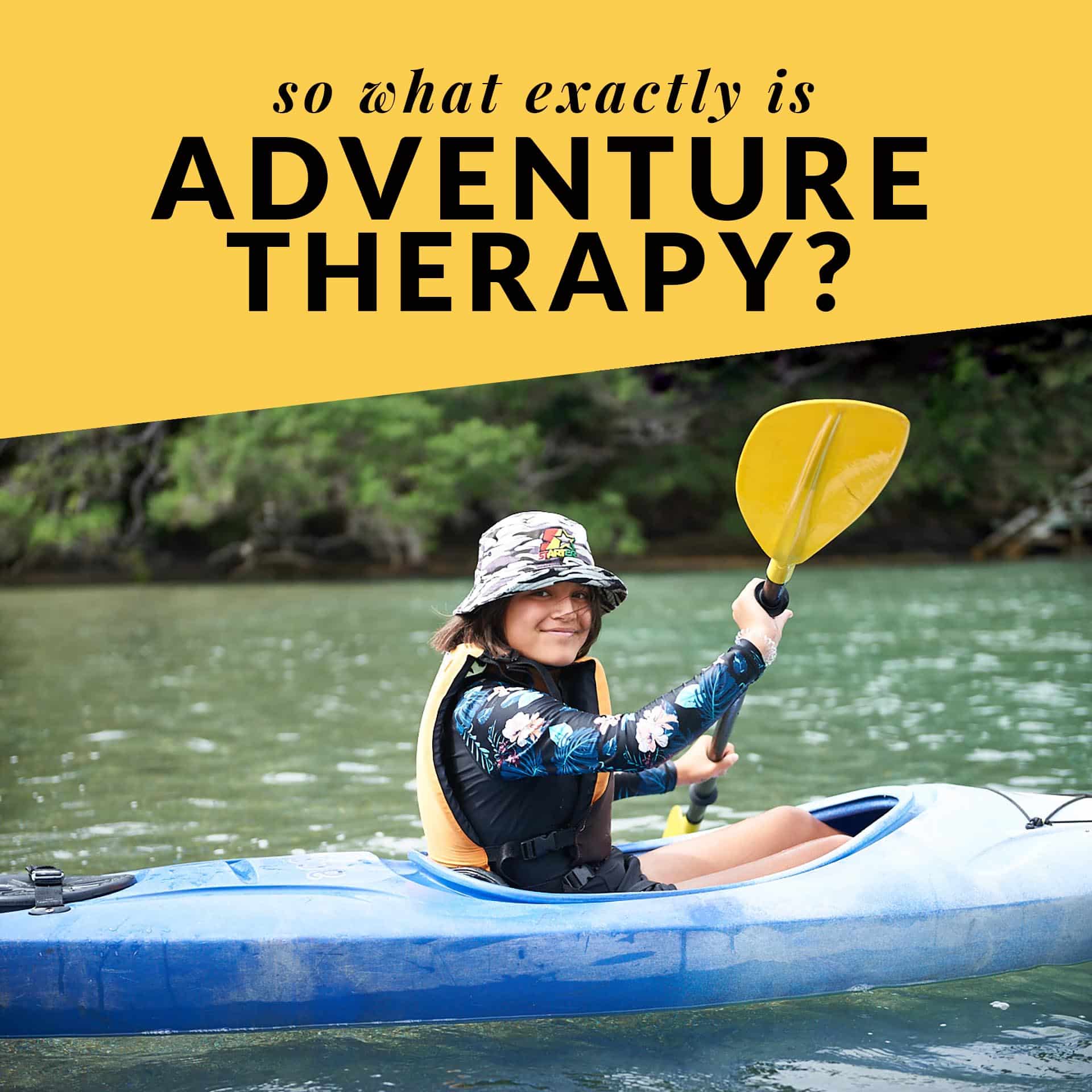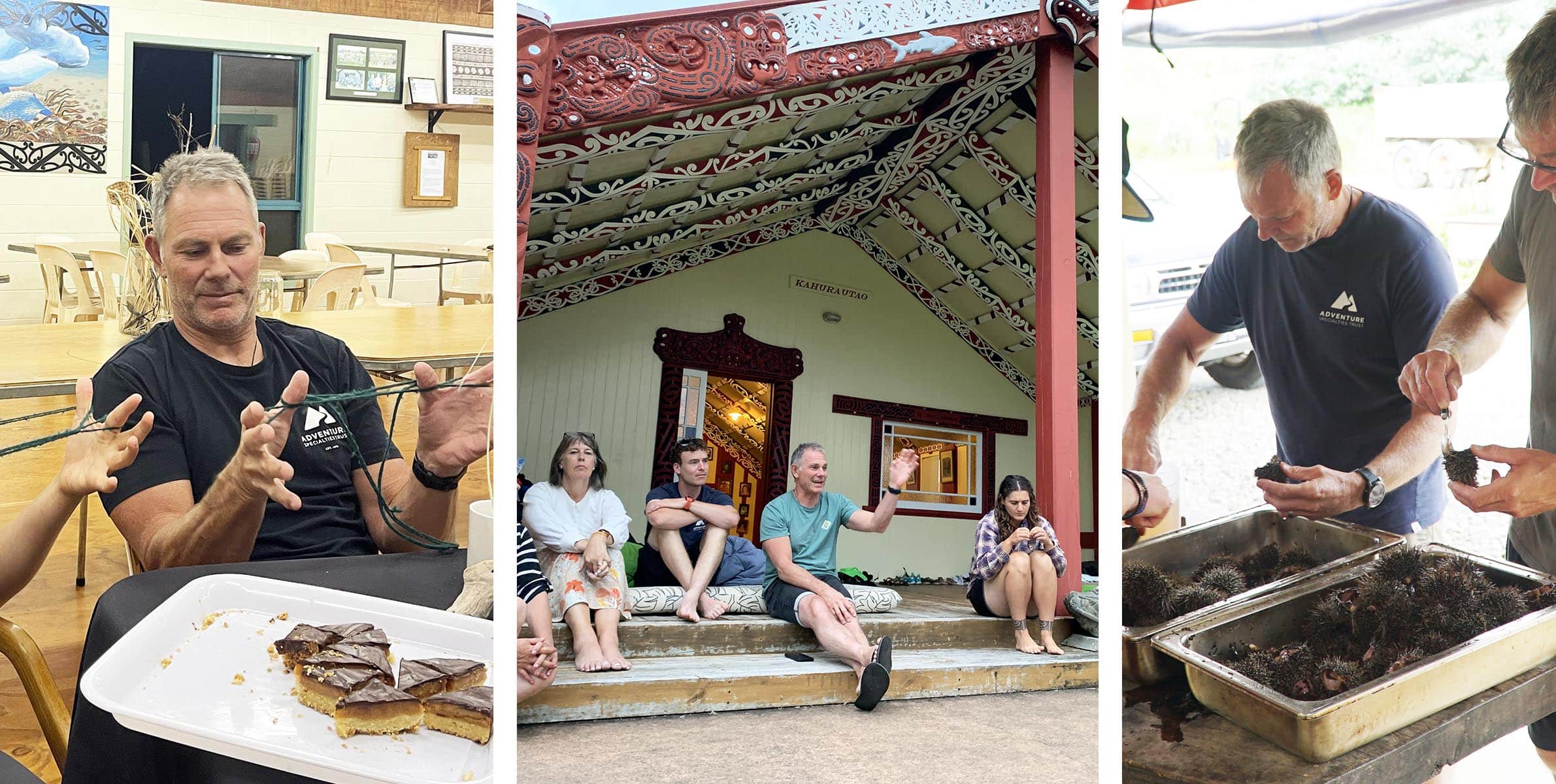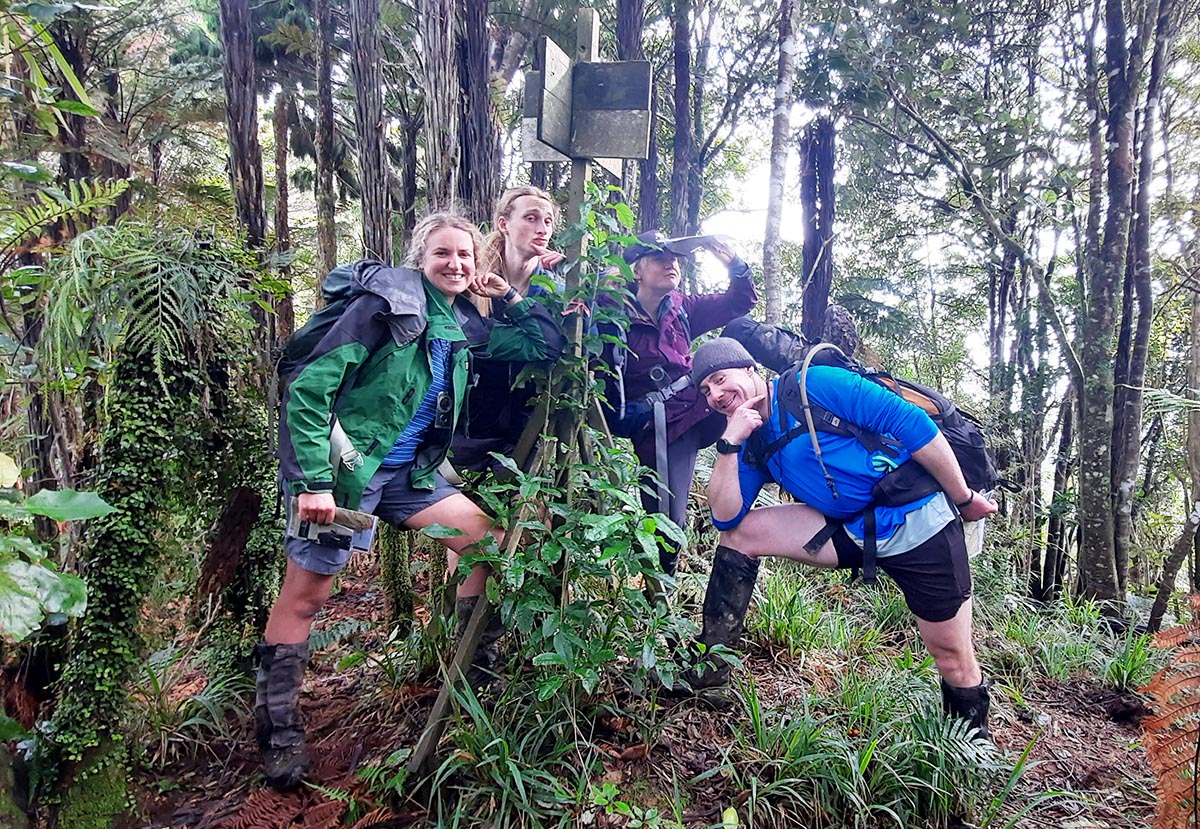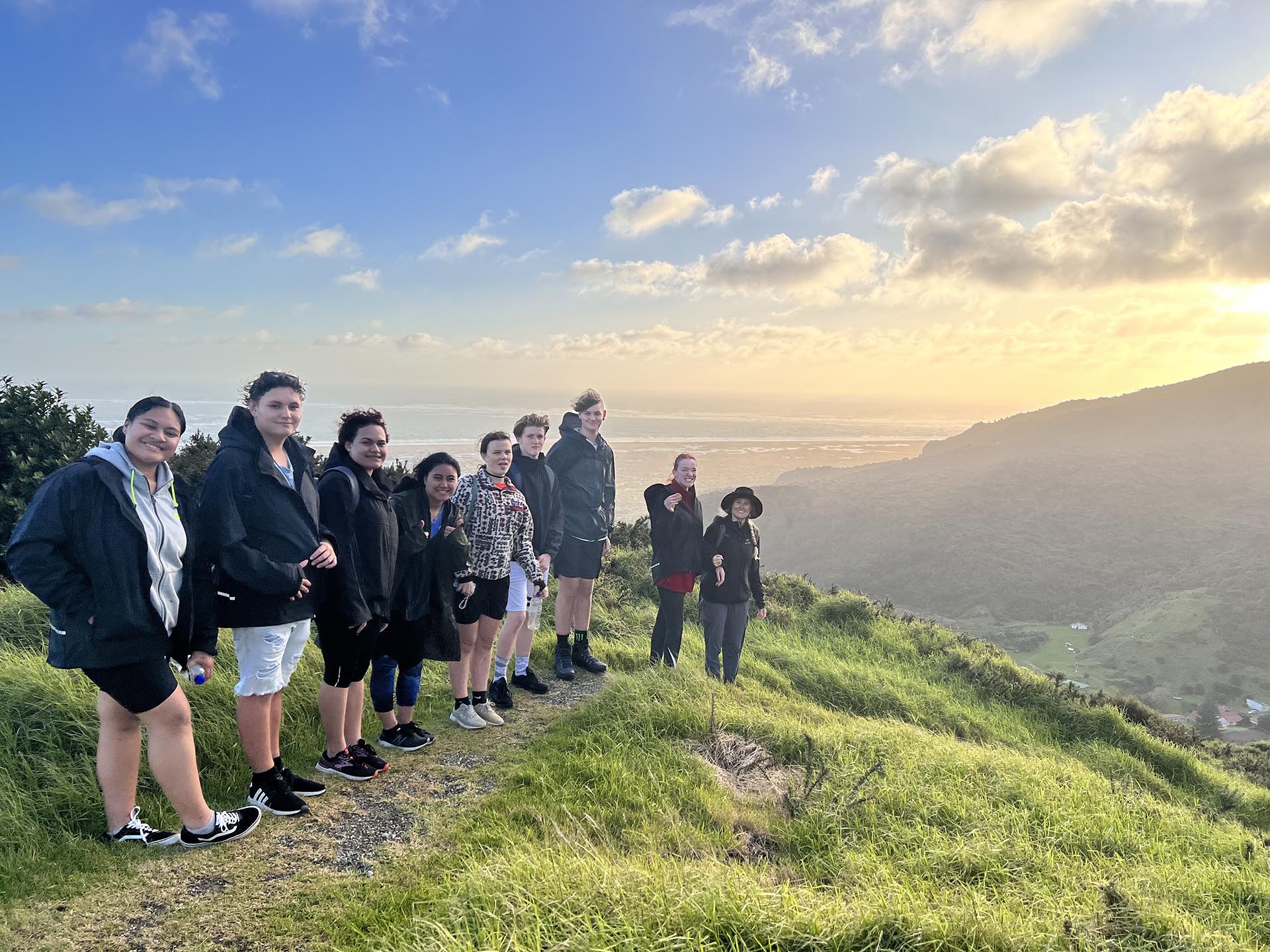More than a third of our programmes fall into the “Adventure Therapy” category, and we want this to increase. But what exactly is Adventure Therapy?

Amy Horn, our Adventure Therapy manager in Christchurch, pioneered Adventure Therapy within Adventure Specialties, and has also had a huge role in developing the industry within New Zealand.
She has been working in the industry since 2003 and is currently completing a Masters in Counselling with a thesis on nature-based therapy. She is currently the chairperson of Adventure Therapy Aotearoa and also the co-chair of the International Adventure Therapy Association. Here are her thoughts:
> What is Adventure Therapy?
“During an international Think Tank about Adventure Therapy (AT), we came up with this concept of a bridge, where ‘outdoor instructor’ is one pillar of the bridge, and ‘therapist’ is the other pillar of the bridge, and AT bridges between the two. Most people in NZ start as either an outdoor instructor or a therapist, and then build towards the other. I started as an outdoor instructor then decided to get qualified in therapy as well, but there aren’t many people in NZ that are qualified in both.
“At Adventure Specialties, most of the staff have outdoor instructor skills, so we build on their facilitation skills, their understanding of therapeutic safety, frameworks, techniques. We help them understand codes of ethics. We help them understand diagnoses or mental health conditions that people might be struggling with, and best ways to be able to be helpful in that. We teach them how to build positive relationships, and how relationships can be influential. We teach them bicultural understandings. So we build on their skills on that bridge. They’re not becoming therapists but they are building across that bridge towards understanding therapeutic methods.”
> How is Adventure Therapy different to traditional therapy?
“It’s a different way of achieving the same things. Often, particularly with young people, they don’t like sitting in offices and talking with people about their problems. They don’t want to review the anger situation that they had last week where they hit someone. They don’t want someone to tell them about emotions, they don’t want to talk about their emotions. But when we’re outside going surfing, and there are waves, and we talk about how emotions are like waves and they build, and some waves are bigger and some are smaller, and if we can feel them building, then we can deal with them. It’s a bit more relatable.
“Experiencing success is also a big part of it. For students that don’t do very well in a classroom, who might feel confined, they can’t stop talking, can’t stop moving, and they can’t get what the teacher is talking about, to then get outside and use their humour to keep the group morale up, instead of getting told off for always making jokes, they can suddenly see that humour is a huge strength. Or, a kid [with high energy levels], when the group needs something, they can run over and get it and run back, and then run over again, and run back. And suddenly their energy becomes a huge strength, rather than something to be contained and stamped on in the classroom. Often the young people that don’t do well in classrooms do really well in our programmes, because they’re in a completely different environment, and they can think, oh this is actually the cool part of me, not the part that I need to hide and be ashamed of.
“[Other tools we use are] facilitated discussions, group activities, individual one-on-one conversations, and being outside in nature.”
———-
Amy is heading off on an exciting new adventure, with maternity leave and a newborn baby in her immediate future. We will miss her and we wish her all the best for that journey!


